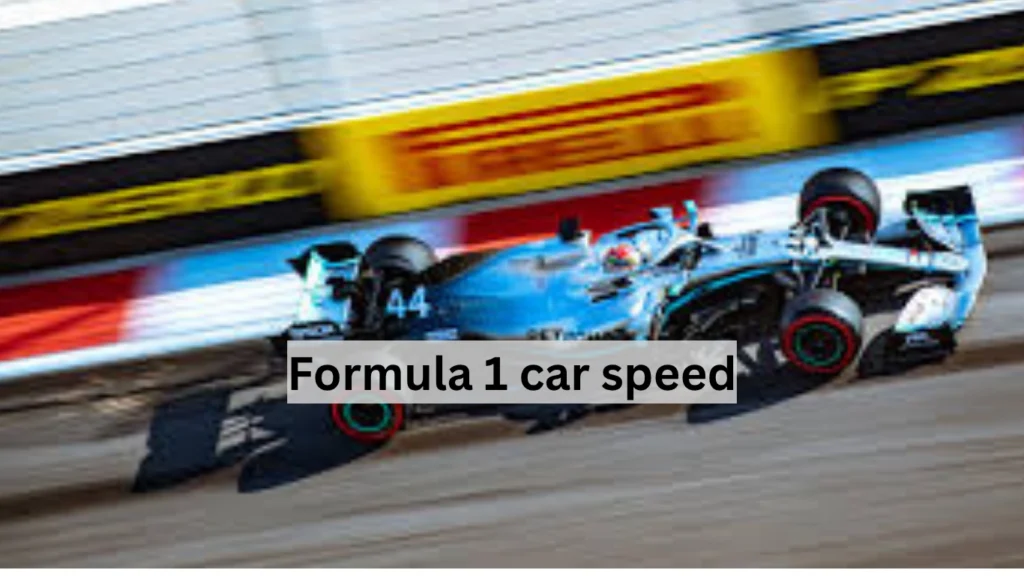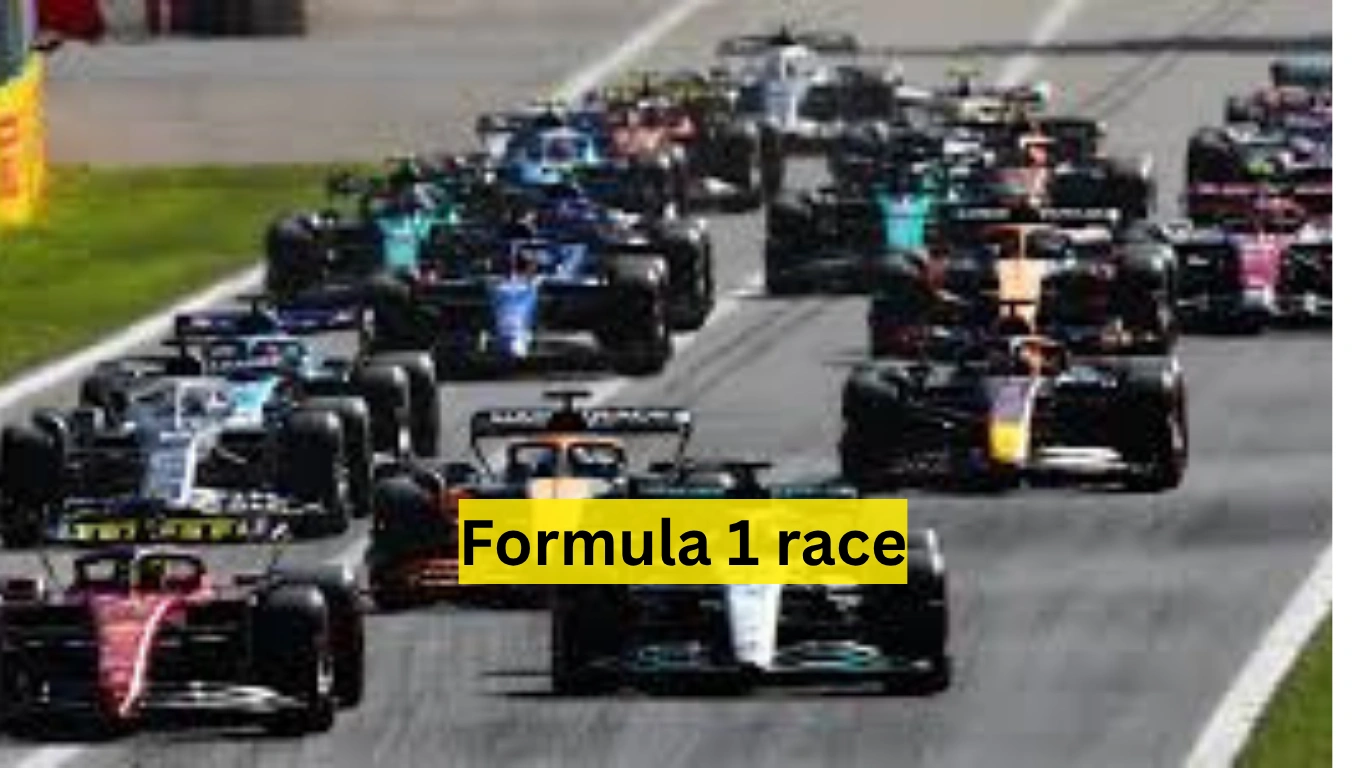The Thrill and Science Behind a Formula 1 Race
The Formula 1 race is more than just cars speeding on a track. It’s a blend of technology, strategy, and human skill. Held in different countries, Formula 1 (F1) races are watched by millions. These races are part of the Formula One World Championship, which started in 1950. It includes a series of races called Grand Prix, meaning “Grand Prize” in French. Every race is unique, with different track layouts and weather. Each Formula 1 car speed brings excitement, noise, and global competition. It’s where the world’s best drivers race cars that can reach speeds over 200 mph. But behind this speed lies a world of engineering, physics, and decision-making that makes each race a spectacle.
What Makes a Formula 1 Race Special
Each F1 race weekend spans three days—Friday for practice, Saturday for qualifying, and Sunday for the race. There are 20 drivers from 10 teams, and each one plays a vital role. These races take place on circuits that test both man and machine. Races are not just about speed. Tire choices, pit stop timing, and race strategy play a major role. A driver may win not by being fastest, but by using the smartest strategy. Engineers and pit crews monitor everything using real-time data and analytics.
Cars Built for the Formula 1 Race
A Formula 1 car speed car is one of the most advanced machines on Earth. These cars are light, strong, and extremely fast. Teams use materials like carbon fiber to reduce weight. Each car has a hybrid engine, combining fuel with electric power for better performance and efficiency.
Here are a few car features that make F1 unique:
- Aerodynamics: Car designs help create downforce, pressing the car to the track for better grip.
- ERS (Energy Recovery System): Recycles energy from braking to use during acceleration.
- DRS (Drag Reduction System): Helps the car go faster by opening a flap in the rear wing.
The entire car, from the engine to the tires, is built with precision and science. Every millisecond counts in a Formula 1 car speed.
Teams and Drivers: The Real Stars
Ten teams take part in each season. Famous teams include Ferrari, Mercedes, Red Bull Racing, and McLaren. Each team has two drivers and a massive crew of engineers and strategists. These people analyze data, make quick decisions, and provide live support. Some legendary drivers in Formula 1 history include Michael Schumacher, Lewis Hamilton, Ayrton Senna, and Sebastian Vettel. Today, stars like Max Verstappen and Charles Leclerc are carrying the legacy forward.
Rules and Scoring System
Every Formula 1 car speed follows strict rules set by the Fédération Internationale de l’Automobile (FIA). Drivers score points based on their finishing position. The one with the highest points by the end of the season wins the World Championship.
The current scoring system is as follows:
| Position | Points |
|---|---|
| 1st | 25 |
| 2nd | 18 |
| 3rd | 15 |
| 4th | 12 |
| 5th | 10 |
| 6th to 10th | 8 to 1 |
There’s also 1 point for the fastest lap, but only if the driver finishes in the top 10. These points decide the driver’s and constructor’s championship winners.
Safety in a Formula 1 Race
Safety has come a long way in Formula 1. In the past, crashes were often fatal. Today, drivers wear fireproof suits, helmets, and use a device called the HANS (Head and Neck Support). Cars have strong survival cells, and the Halo system protects the driver’s head. Tracks are also designed with barriers, escape roads, and marshals ready to assist. All these measures mean that even though F1 is high-speed, it’s much safer than before.
Formula 1 Race Around the World
The F1 calendar includes races across many continents. Fans in Europe, Asia, the Americas, and even the Middle East enjoy live Grand Prix events. Tracks like Monaco, Silverstone, and Spa-Francorchamps are iconic. Others like Singapore and Abu Dhabi offer night races with amazing city backdrops.
Why People Love a Formula 1 car speed

The love for the Formula 1 car speed is rooted in its mix of drama, engineering, and athleticism. It’s a sport where milliseconds and decisions under pressure can change everything. Fans admire the teamwork, driver talent, and the high-tech nature of the sport. TV audiences reach hundreds of millions per year. F1 is also growing online, with social media, streaming, and games pulling in younger fans. With new rules, eco-friendly cars, and fresh talents, the sport continues to evolve.
Conclusion:
A Formula 1 car speed is not just about watching cars zoom by. It’s a high-performance show of science, courage, and teamwork. With a rich history and a bold future, Formula 1 remains the top class of motorsport. The next time you watch a race, remember the skill, strategy, and science that make it happen. Whether you’re a new fan or a lifelong follower, the Formula 1 car speed will always offer something thrilling to experience.
FAQS:
What is a Formula 1 car speed?
Formula 1 car speed is a high-speed motorsport event where top drivers race specially designed single-seat cars. These races are part of the Formula One World Championship, which includes multiple races (called Grand Prix) held worldwide.
How fast do Formula 1 cars go?
Formula 1 cars can reach speeds of over 220 mph (354 km/h) on straights. Their speed depends on the circuit, weather, and car setup.
How long does a Formula 1 car speed last?
An F1 race typically lasts 90 minutes to 2 hours, covering a distance of 305 km (190 miles) or up to 2 hours with a maximum of 3 hours if delayed.
How do drivers score points in a Formula 1 car speed?
Points are awarded based on finishing positions. The winner gets 25 points, and the top 10 drivers earn points. An extra point is given for the fastest lap if the driver finishes in the top 10.
How many races are there in a Formula 1 season?
As of recent seasons, there are around 22 to 24 races per season, held in different countries across 5 continents.
What is DRS in Formula 1?
DRS (Drag Reduction System) is a feature that helps cars go faster by reducing aerodynamic drag. It opens a flap in the rear wing to help with overtaking.







